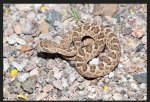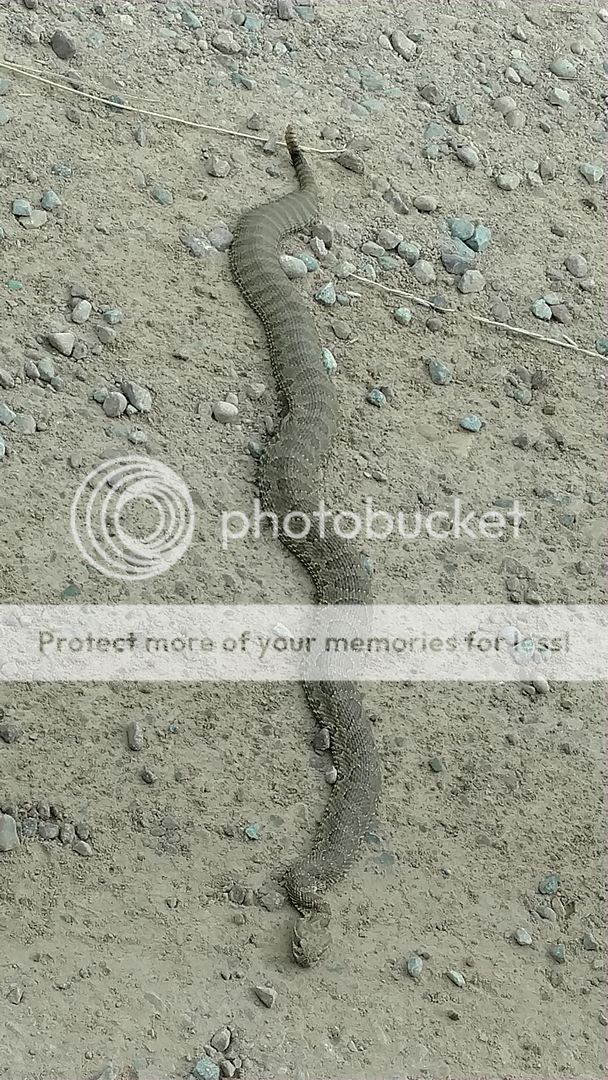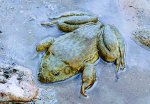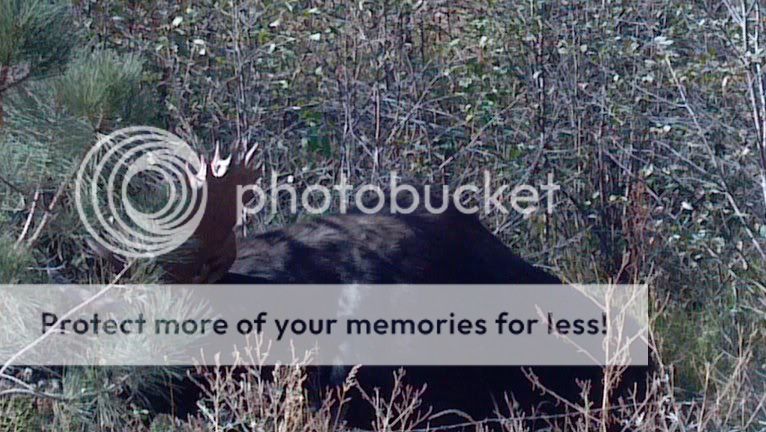You are using an out of date browser. It may not display this or other websites correctly.
You should upgrade or use an alternative browser.
You should upgrade or use an alternative browser.
Wildlife Photography
- Thread starter salsataco
- Start date
Crazy Schooner
Fortune's A Mistress
Crazy Schooner
Fortune's A Mistress
Interesting article/video on taking wildlife pics with your smartphone.

 www.outsideonline.com
www.outsideonline.com

Video: How to Take (Good) Photos of Wildlife on a Phone
Wes Siler heads to Yellowstone National Park to show you how to safely and responsibly get great photos of wildlife on your phone. Siler is shooting through the new ultralight Maven S2 spotting scope, which provides a magnification range of 12X to 27X in an 11-inch-long package that weighs just...
GB_Willys_2014
Well-known member
GB_Willys_2014
Well-known member
AbleGuy
Officious Intermeddler
Frog pic was awesome! The colors, the shine and the textures you captured make this an amazing photo.
With the rattler, note how it’s hidden its rattles under its body. This is what we’re seeing more and more commonly in the SW deserts. Especially with the coontails...hiding their very visible, very noticeable distinct black and white striped tails under their coiled bodies. This makes them better camouflaged, less noticeable and also mutes the sound of their rattling...if they even do that any more.
Twice in recent years I’ve walked right over top of, or right close by, coiled diamondbacks (both within striking range) that had hidden their tails and weren’t rattling to warn me away from them. With their tell tale colored striped tails coiled underneath them, they otherwise blended in perfectly in the grey and brown gravelly desert floor.
Some herpetologists have posited that these snakes are simply evolving better survival strategies by doing this. Being more visible and/or giving themselves away with rattling first just too frequently gets them killed by humans. Some studies even have determined that many rattlesnakes are no longer rattling at all before striking.
Pretty interesting (and disturbing) stuff.
Last edited:
AbleGuy
Officious Intermeddler
Amazing picture....finding on of these in the wild is incredibly rare these days!
Thx for sharing.
GB_Willys_2014
Well-known member
Frog pic was awesome!
With the rattler, note how it’s hidden it’s rattles under its body. This is what we’re seeing more and more commonly in the SW deserts. Especially with the coontails...hiding their very visible, very noticeable distinct black and white striped tails under their coiled bodies. This makes them better camouflaged, less noticeable and also mutes the sound of their rattling...of they even do that any more.
Some herpetologists have posited that these snakes are simply evolving better survival strategies by doing this. Being more visible and/or giving themselves away with rattling first just frequently gets them killed by humans. Some studies even have determined that rattlesnakes are no longer rattling before striking.
Pretty interesting (and disturbing) stuff.
Interesting stuff. I had not heard that before.
So, some background to the Diamondback picture:
I came across him this morning at about ~7 am, and it was cool (for SE AZ) at about ~80.
I assume he was warming up before heading out for breakfast.
Rattlers are not uncommon in the area. Last time I encountered one, he alerted with a rattle.
Frog, or more specifically toad
Thanks for the kind words all the same!
jadmt
ignore button user
Can you see the bear (bears actually)? We watched it start swimming across the creek towards us then turn around back across so we figured we spooked her and a minute later here she came back up the bank. Looked like she might have had a cub eating choke cherries and he did not follow her back so she came back and got him.


AbleGuy
Officious Intermeddler
Interesting stuff. I had not heard that before.
So, some background to the Diamondback picture:
I came across him this morning at about ~7 am, and it was cool (for SE AZ) at about ~80.
I assume he was warming up before heading out for breakfast.
Rattlers are not uncommon in the area. Last time I encountered one, he alerted with a rattle.
Frog, or more specifically toad, pic is a product of my phone. I am a terrible photographer.
Thanks for the kind words all the same!
You might have actually come across the very rare Mojave Rattlesnake. See picture below of a young one, similar lighter color (compared to the diamondback). These Mojaves are considered even more poisonous than most other Arizona rattlers (I was an amateur herp when younger, actually caught one of these guys and donated it to the Arizona Sonora Desert Museum).
So, that would be quite a find by you! You seem to be uniquely lucky to be spotting these rare reptiles (the G Monster too). Wow!
“Mojave Rattlesnake
Though typically smaller than the Western Diamondback, the similar-looking Mojave (sometimes spelled Mohave) Rattlesnake (Crotalus scutulatus) is renowned for its uniquely toxic venom. Most North American pit vipers have venom consisting of toxins that effect the blood (hemotoxins), but the Mojave’s venom has predominately neurotoxic components, which effect the nervous system similar to Coral snakes, Cobras and Kraits. Drop for drop, the Mojave is considered to be the most venomous pit viper in the U.S. and (in my experience) it generally has an attitude to match.”

AbleGuy
Officious Intermeddler
So, some background to the Diamondback picture:
I came across him this morning at about ~7 am, and it was cool (for SE AZ) at about ~80.
I assume he was warming up before heading out for breakfast.
Can I ask at what appropriate elevation you found him ?
GB_Willys_2014
Well-known member
This was at the top of local "mountain", at ~1,800 feet.Can I ask at what appropriate elevation you found him ?
GB_Willys_2014
Well-known member
Fascinating stuff. I had no idea. Thanks!You might have actually come across the very rare Mojave Rattlesnake. See picture below of a young one, similar lighter color (compared to the diamondback). These Mojaves are considered even more poisonous than most other Arizona rattlers (I was an amateur herp when younger, actually caught one of these guys and donated it to the Arizona Sonora Desert Museum).
So, that would be quite a find by you! You seem to be uniquely lucky to be spotting these rare reptiles (the G Monster too). Wow!
“Mojave Rattlesnake
Though typically smaller than the Western Diamondback, the similar-looking Mojave (sometimes spelled Mohave) Rattlesnake (Crotalus scutulatus) is renowned for its uniquely toxic venom. Most North American pit vipers have venom consisting of toxins that effect the blood (hemotoxins), but the Mojave’s venom has predominately neurotoxic components, which effect the nervous system similar to Coral snakes, Cobras and Kraits. Drop for drop, the Mojave is considered to be the most venomous pit viper in the U.S. and (in my experience) it generally has an attitude to match.”
View attachment 539282
BTW, the snake was very calm. I assume it was just too cold for him.
These are examples of dumb luck in my case.
BTW, the Arizona Sonora Desert Museum is one of my favorite places!
Similar threads
- Replies
- 9
- Views
- 2K
- Replies
- 8
- Views
- 1K
- Replies
- 5
- Views
- 976









